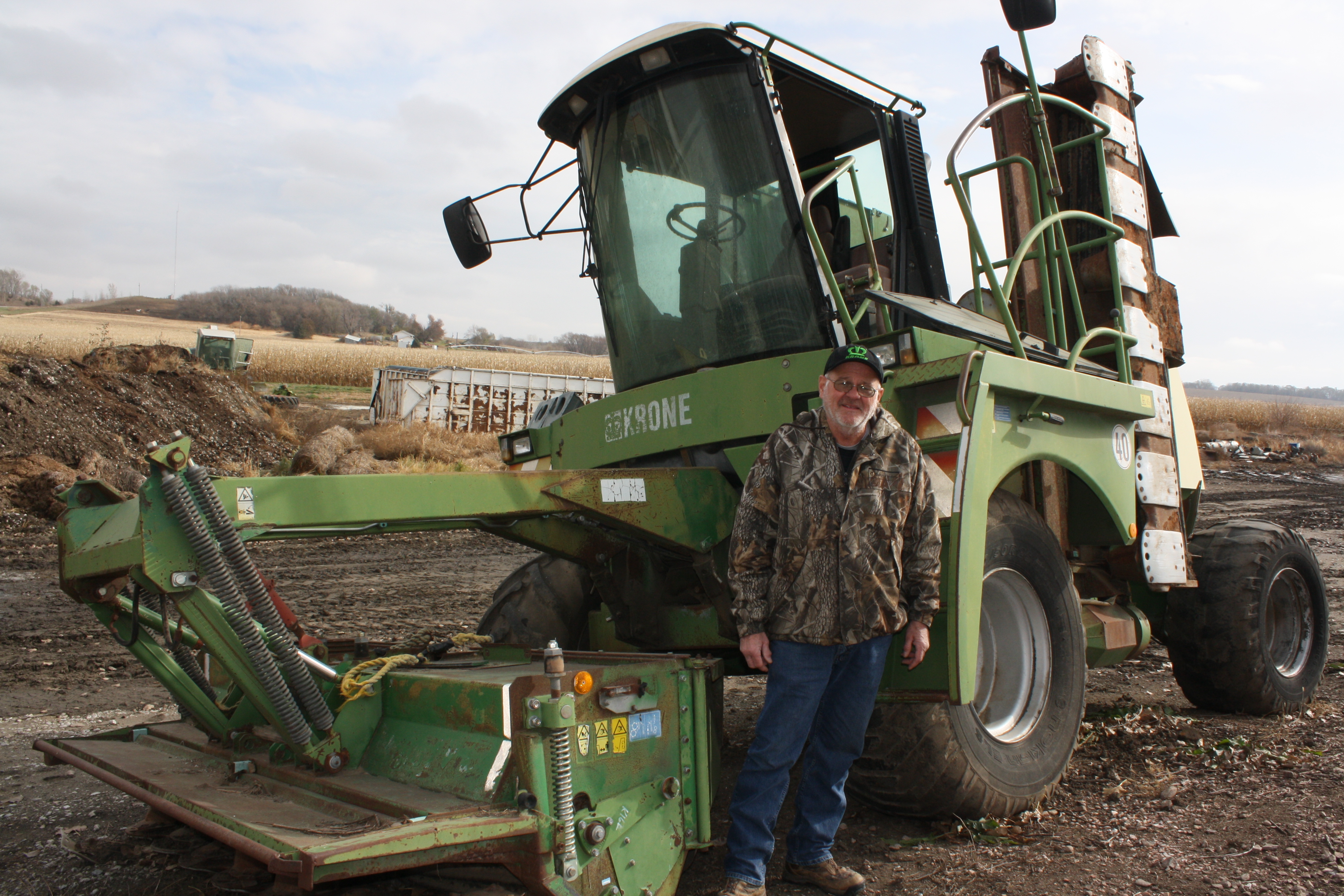
Back in 1997, Mike Olson, of Lyons, Nebraska, heard about a significant hay-cutting innovation—The BiG M Self-Propelled Mower Conditioner—that the renowned German company, Krone, was preparing to launch to the world. Mike, who was the Operations Manager for Morrison & Quirk, Inc., an alfalfa dehydration-pelleting operation in Lyons, talked to owner Ken Morrison about the BiG M. He and Ken quickly agreed that this Innovative new mower conditioner could significantly improve their operation’s return on investment. Soon thereafter Mike traveled to the Agritechnica international farm machinery exhibition in Europe, where he was able to see the new BiG M in action and meet the engineers who designed it. The following spring their operation was running the first Krone BiG M ever sold into the North American hay and forage market.
Now, 20 years later, Mike talks about this game-changing experience. “Ken and I really got excited when we heard about the new BiG M because it was clearly a radically-different, and potentially much better way to cut hay. With our growing alfalfa dehy operation, we knew we needed something different, a better way to cut more hay faster. We could see this new BiG M was clearly a great concept. So, we took the leap and brought that first BiG M to our operation in Nebraska.”
Mike says having that first BiG M was not without some challenges. But he said that Krone’s German engineers and the Krone North America sales and service people provided him with tremendous support, making the experience a good one. “This was and is a great concept,” Mike says. “And the Krone support was great as well.” Morrison & Quirk ran the BiG M for 15 years, and during that time Mike estimates that original BiG M covered over 250,000 acres of hay. And while Mike has run several newer BiG M’s since, he still has a soft spot in his heart for that original BiG M. Says Mike, “In this part of the country, with all the rocks and hills, we are tough on hay equipment. This first BiG M went through a lot. But it sure could cut a lot of hay. It helped us grow and make it through.”




